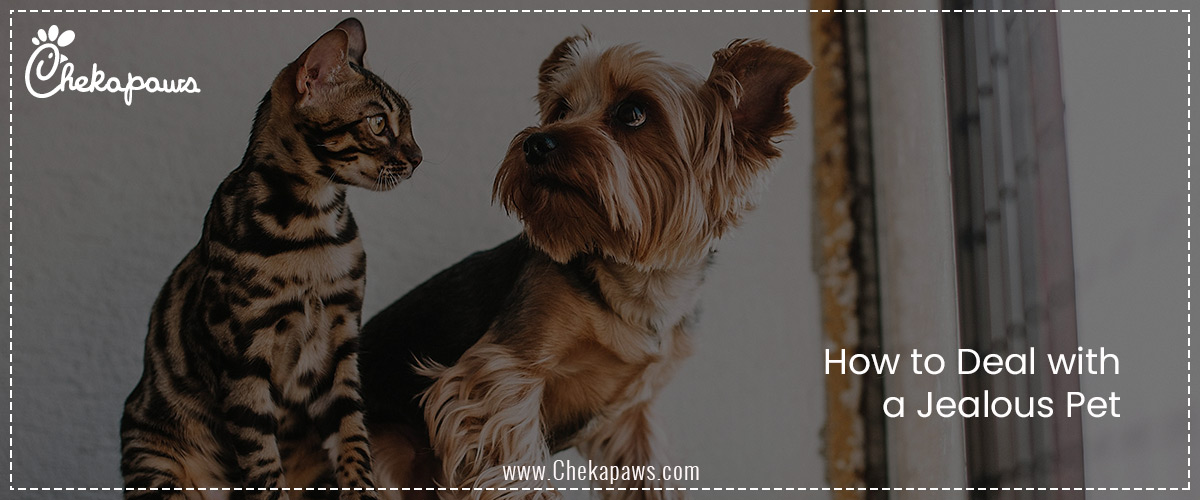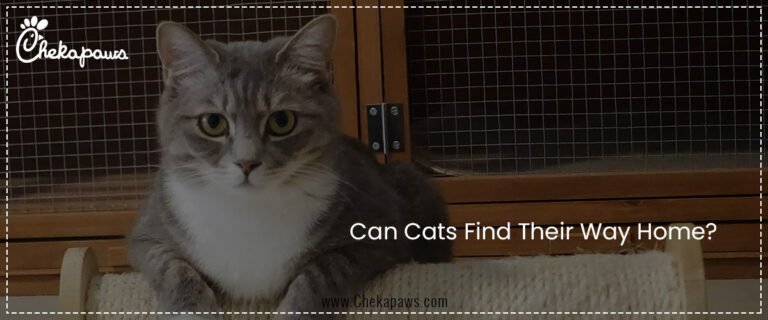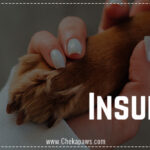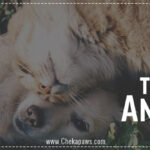Being a pet owner the sensation of a dog growling when you pet another animal or a cat misbehaving when a new baby comes home is something that most pet owners can identify with. These are not just oddball actions; they are symptoms of pet jealousy, a complicated emotional reaction that, if ignored, can result in behavioral problems. Pets develop attachments and expectations regarding treatment, much like people do. Jealousy might occur when those expectations are not met.
Jealous pets may show a variety of emotional and behavioral symptoms, such as a dog growling at a new puppy, a cat avoiding you when a friend is visiting, or a parrot squawking if you give your partner a hug. The first step to reacting to your pet’s jealousy with compassion instead of punishment is to understand why they feel that way.
This thorough book explains the causes of pet jealousy, how to spot and decipher the symptoms, and—above all—how to restore your pet’s sense of safety, affection, and mental balance.
Table of Contents

Understanding Pet Jealousy
What Does Pet Jealousy Look Like?
- Territorial behavior, attention-seeking, and even moodiness are common traits of children or adults who exhibit pet jealousy. Typical indicators include:
- Aggression: Hissing, swatting, growling, or snapping at a person or pet.
- Destructive behavior includes knocking objects over, scratching walls, and chewing furniture.
- Attention-seeking behaviors include meowing, excessive barking, whining, and compulsive trick-playing.
- Regression: Accidents can happen to house-trained pets out of the blue.
- Depression or avoidance: A once-loving pet may start to act distant or withdrawn.
Species-Specific A sense of jealousy
- Dogs are more likely to show their emotions. They may be quite sensitive to shifts in rank or attachment levels due to their pack-based nature. If you distract their attention, they could push between you and another pet or bark.
- In contrast, cats may react with passive aggressiveness, such as hiding, urinating, or ignoring you. Because they are habitual beings, envy may arise from any alteration to their surroundings or daily schedule.
- Parrots in particular have a high capacity for emotional expression. An envious bird may cry, pluck feathers, or turn down food.
- Small animals as rabbits may become withdrawn or snappy if they feel ignored or replaced.
The Psychology of Envy for Pets
Attachment, regularity, and resource guarding are the root causes of pet jealousy. A pet’s instinct is to recover what it believes is its due attention or resources when it senses that its relationship with you is in danger.
This conduct is emotional rather than manipulative. Dogs could be concerned that a new animal will devalue their position within the “pack.” Cats may feel misled by unfamiliar stimuli or people and find solace in regularity. Animals, like us, lament apparent losses of affection.
Identifying the Triggers
Addressing your pet’s jealousy needs an understanding of what makes them feel that way. Typical triggers include the following:
New Members of the Family
- A brand-new animal companion: It’s possible that your resident pet feels marginalised or supplanted.
- A newborn or child: Your pet may become agitated by new noises, routines, and your split focus.
- A roommate or partner: New partnerships may change the amount of attention or love your pet gets.
Changes in the Environment or Routine
- Routine is essential for pets. alterations such as
- The impact of a new job on your schedule.
- Relocating to a new residence.
- travelling or coming back from a trip.
- can cause your pet to become confused and insecure.
Unequal Distribution of Resources or Love
Jealousy can be sparked by feeding one pet first, cuddling with another for extended periods of time, or playing with just one pet. A pet may feel excluded even if a particular name is used too much.
Advice: Pets are adept at spotting even small changes in their treatment. Maintaining equilibrium consciously aids in avoiding the development of resentment.
Training Techniques to Curb Jealous Behavior
Positive Reinforcement
Reward the behavior you wish to see in your pet instead of punishing them for jealous behavior.
- Give your dog a treat when they wait patiently as you greet another pet.
- Praise or touch your cat if they don’t get in the way of you feeding another animal.
- When the pet is quiet, pay attention, but ignore the jealous behavior.
Obedience Training and Structure
A pet that is well-trained feels safer. Give instructions such as:
- Sit” and “Stay” are helpful when visitors or other pets come.
- “Place” or “Go to bed”: Assists in diverting attention from the jealousy’s origin.
- Games that teach impulse control: These help pets learn how to get attention by acting calmly.
Scheduling Attention Equally
Create a planned program for affection:
- Pets should be fed simultaneously in different areas.
- Make time for personal recreation.
- Make certain that every pet has access to toys, sleeping quarters, and personal space.
Desensitization Techniques
When a dog shows jealous behavior towards a new lover, begin by:
- Allowing them to sit close to the companion in silence.
- Distributing sweets throughout this period.
- Increasing engagement gradually and combining it with incentives.
This reduces negative associations and builds comfort.
Refocusing Energy
- It’s possible that a jealous pet is just bored or uninterested.
- Sniff mats, puzzle toys, and slow feeds provide cerebral stimulation.
- Fetch games and interactive toys help to channel extra energy and lessen irritation.
- Exercise is essential for emotional control, especially in dogs.
Enhancing Emotional Security
Reaffirm the Bond
Spend time with the envious pet alone. It might be:
- A daily brushing or stroll.
- While they cuddle, read beside them.
- Special goodies saved for times when you’re alone.
Personal Space and Safe Areas
- Pets require time alone, just like people do.
- Use high shelves, window perches, or cat trees for cats.
- For dogs: Rooms where they won’t be bothered, beds, or crates.
- Small animals should be kept in quieter areas of the house in their cages or habitats.
Sharing the Love—Fairly
Be mindful of
- Petting both pets at the same time.
- avoiding showing partiality in your gestures, tone, or even the way you give out treats.
- Involving the envious pet in social situations.
For instance, let your dog sniff the baby’s blanket before introducing them. Incorporate your dog into family activities, such as taking the dog for walks.
Calming Aids and Support
Outside help is beneficial for certain pets
- Feliway and Adaptil are pheromone diffusers that can lower anxiety.
- Particularly for dogs, calming collars or shirts provide comfort.
- Tension can be reduced by taking natural medicines like melatonin or CBD (authorised by the veterinarian).
- During alone time, anxious pets can benefit from relaxing music or white noise.
When to Seek Professional Help
Certified Trainers and Behaviorists
It’s essential to contact a professional trainer or Certified Animal Behaviorist if your pet’s jealousy escalates into aggression or other severe behavioral issues.
They are able to
- Examine the environmental and emotional aspects.
- Make a well-organised plan for changing your behaviour.
- Assist in the safe socialization of people or pets.
Medical Exclusions
- Abrupt behavioural shifts could result from:
- Pain.
- neurological problems.
- changes in hormones.
Always consult your veterinarian first to rule out medical problems before assuming emotional causes.
Group Classes or Daycare Settings
Sometimes, safe pet interactions in supervised settings include
- Courses on obedience.
- Daycare for dogs.
- Playdates under supervision.
Can lessen reactivity and aid in the development of positive social behaviors in your pet.
Real-Life Scenarios and Solutions
Both Dogs Feel Envious of Each Other
Situation: A second dog is adopted by a family. The elder one starts to snarl and stop eating.
Solution
- Give them food in different rooms.
- First greetings and access to preferred locations should be given to the elder dog.
- Use rewards to reinforce cooperative behaviors.
- Make time for both of them to go out alone.
A cat that is envious of a newborn may start peeing on the infant’s things.
Solution
- Before you arrive, let the cat explore the baby’s room.
- Use diffusers made by Feliway.
- When the infant is being fed or having story time, include the cat.
- Keep feeding and litter box routines.
A dog growling at your partner or spouse is an example of a canine that is jealous of them.
Solution
- Ask your partner to walk or feed the dog.
- Promote camaraderie by using games or trickery.
- When engaging in calm activities, allow the dog to sit next to you both.
- To foster order and respect, use signs of obedience.
Multi-Pet Home Rivalry Situation: Three felines vie for food and attention.
Solution
- Feed simultaneously in different zones.
- Fairly rotate the focus sessions.
- Include a number of concealing and vertical spaces.
- During transitions, use vitamins or soothing snacks.
Conclusion
Patience, understanding, and a calculated approach are necessary when handling a jealous pet. Emotional needs, not disobedience or manipulation, are the source of these behaviours. Your relationship with your pet flourishes when trust and security are continuously reaffirmed, just like any other strong link.
Acknowledge your pet’s feelings, affirm them with soothing interactions, and establish spaces where they feel safe, appreciated, and seen. Remember that a jealous pet isn’t a terrible pet; they’re just trying to connect with you in the only way they know how, whether you’re adjusting to a new family dynamic or getting a new pet.
You can bring peace back to your home and make sure each creature feels like the centre of your universe with time, organization, and love.







